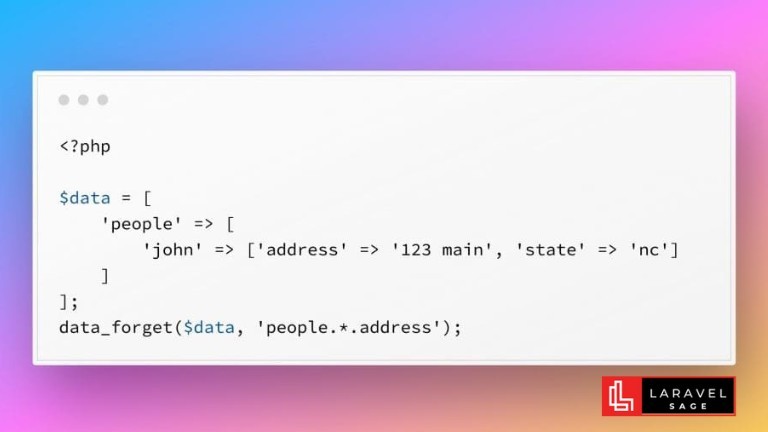
data_forget Helper for Laravel
Since Laravel version 10.15, there is a new utility function called data_forget that allows you to remove keys from an array or object using a "dot" notation.
7 min read
Tags:
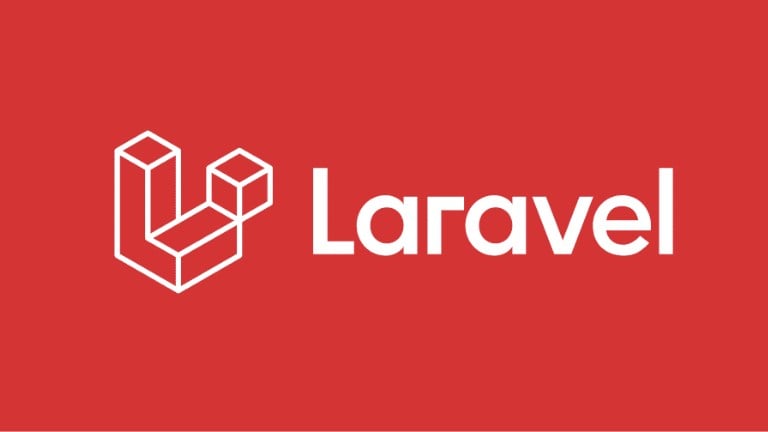
Are you ready to take your Laravel skills to the next level and build extraordinary applications? Look no further! In this blog post, we will unveil a treasure trove of top packages that will revolutionize your development process. Whether you're seeking elegant authentication solutions, robust integration with popular services, or seamless testing frameworks, we have curated a list of the best packages out there. Brace yourself for an enlightening journey as we dive deep into mastering Laravel and discover how these powerful tools can supercharge your application development. Let's embark on this adventure together and unlock new possibilities in the realm of web development!
Laravel is a PHP web application framework for developing fast, reliable, and scalable web applications. It has a very active community and many developers use it to build all kinds of applications.
Laravel comes with a lot of features out of the box, such as its own templating engine called Blade, which makes it very easy to create beautiful layouts. It also has an amazing command-line interface tool called Artisan, which provides you with many useful tools for building your application.
In this article, we will take a look at some of the most popular packages that are used in Laravel projects. These packages can help you build powerful applications with ease.
Laravel is an incredibly powerful PHP framework. In addition to its extensive core functionality, there are also a wide variety of packages available for Laravel that can add even more functionality and power to your applications.
In this article, we'll take a look at some of the most popular Laravel packages available. We'll explore what each package does and how it can be used to build better Laravel applications.
Laravel Livewire is a popular package that allows you to build dynamic and interactive user interfaces in Laravel applications using server-side logic. It was created by Caleb Porzio and has gained significant traction in the Laravel community since its introduction.
Key features of Laravel Livewire include:
Server-Side Rendering: With Livewire, you can build user interfaces using server-side rendering instead of relying on JavaScript frameworks like Vue.js or React. This means your frontend logic is written in PHP, which can be more familiar and comfortable for many Laravel developers.
Real-Time Interaction: Livewire provides real-time interaction with the server, allowing you to perform actions without full-page reloads. This gives a more fluid and responsive user experience.
Component-Based Architecture: Livewire follows a component-based architecture. Each component encapsulates its logic and view, making the codebase modular and maintainable.
Data Binding: Livewire allows you to bind data between the frontend and backend seamlessly, simplifying the process of handling user input and displaying data.
Validation and Errors: The package includes built-in support for form validation and error handling, making it easy to display validation errors to users.
File Uploads: Livewire provides a straightforward way to handle file uploads in your components.
Event Handling: You can listen for events within your Livewire components, enabling communication between components or with other parts of the application.
Middleware Support: Livewire supports middleware, allowing you to add additional logic to the component's lifecycle.
Pagination: You can implement pagination in your Livewire components without much effort.
Livewire strikes a balance between the simplicity of traditional server-side rendering and the interactivity of modern JavaScript frameworks. It is particularly useful for building small to medium-sized applications where the overhead of setting up a full-fledged JavaScript framework might not be necessary.
To get started with Laravel Livewire, you need to install the package via Composer, create your components, and then include them in your views or routes. The official documentation and examples provide detailed instructions on how to use Livewire effectively in your Laravel projects.
Keep in mind that the package might have evolved since my last update, so it's always a good idea to refer to the official documentation and GitHub repository for the latest features and updates.
Laravel Medialibrary is a powerful and flexible package for managing file uploads and media in Laravel applications. It was created by Spatie, a well-known PHP package developer, and is designed to simplify the handling of media files like images, videos, and documents.
Key features of Laravel Medialibrary include:
File Uploads: Medialibrary makes it easy to upload files and associate them with Eloquent models in your Laravel application.
Multiple File Versions: The package allows you to generate and store multiple versions of uploaded files, such as different image sizes or video formats. This is useful for providing responsive images or optimized media for various devices and screen sizes.
Automatic File Conversions: Laravel Medialibrary can automatically convert uploaded files to desired formats using FFmpeg or ImageMagick.
Associating Media with Models: You can attach media files to Eloquent models, enabling you to easily retrieve, update, and delete media associated with a specific model.
Media Manipulation: The package provides various methods for manipulating media, such as resizing images, adding watermarks, and extracting video thumbnails.
Responsive Images: Medialibrary includes responsive image generation, allowing you to serve the appropriate image size based on the user's device and screen resolution.
Media Collections: You can organize media files into different collections, making it easier to manage and retrieve specific sets of media.
Integration with Cloud Storage: Laravel Medialibrary seamlessly integrates with cloud storage services like Amazon S3 or Google Cloud Storage, allowing you to store your media files off-site.
Media Events: The package provides events that allow you to hook into various stages of media handling, enabling custom actions or integrations.
Polymorphic Relations: Medialibrary utilizes Laravel's polymorphic relations, enabling you to associate media with multiple types of models.
Using Laravel Medialibrary is straightforward. After installing the package via Composer, you can set up the medialibrary configuration and add the necessary database columns to your Eloquent models. From there, you can begin uploading, manipulating, and managing media associated with your models.
As with any package, I recommend referring to the official documentation and GitHub repository for the most up-to-date information and usage instructions, as features and enhancements may have been added since my last update.
Laravel Spatie is not a specific package but rather a collection of various useful packages created and maintained by the Spatie team for Laravel applications. Spatie is a well-known and respected PHP package developer known for building high-quality and well-documented packages that extend Laravel's functionality in different areas.
Some of the popular packages from Laravel Spatie include:
Spatie Permissions: This package provides a simple and flexible way to handle user permissions and roles in Laravel applications.
Spatie Media Library: As mentioned earlier, this package enables you to manage file uploads and media in your Laravel applications, handling multiple versions, conversions, and integrations with cloud storage.
Spatie Backup: A package that helps you create backups of your application's files and databases with ease.
Spatie Laravel Analytics: This package allows you to fetch data from Google Analytics and work with it in your Laravel application.
Spatie Laravel Query Builder: Provides a more advanced query builder for eloquent, offering additional filter options, sorting, and other query-related functionalities.
Spatie Laravel Activitylog: Helps you log activity in your application, allowing you to track changes, events, and actions performed by users or other components.
Spatie Laravel Server Monitor: Monitors the health of your servers, checking uptime, SSL certificate status, and other server-related metrics.
Spatie Laravel Ray: Integrates with the Ray debugging application, allowing you to send debugging information to Ray from your Laravel application.
Spatie Laravel Feed: Allows you to generate RSS feeds effortlessly.
Spatie Laravel Cors: Provides simple Cross-Origin Resource Sharing (CORS) configuration for your Laravel application.
These are just a few examples of the many packages offered by Laravel Spatie. Each package typically focuses on a specific area, making it easy for developers to integrate powerful features into their Laravel projects without reinventing the wheel.
To use any of the Laravel Spatie packages, you can install them via Composer like any other Laravel package. You can find more details, documentation, and examples for each package on the official Spatie website or their respective GitHub repositories.
Since the package landscape evolves continuously, it's a good idea to check for any new additions or updates to the Laravel Spatie collection beyond my last update.

Full-stack developer with a knack for Merging creativity with technical expertise for standout solutions.

Since Laravel version 10.15, there is a new utility function called data_forget that allows you to remove keys from an array or object using a "dot" notation.
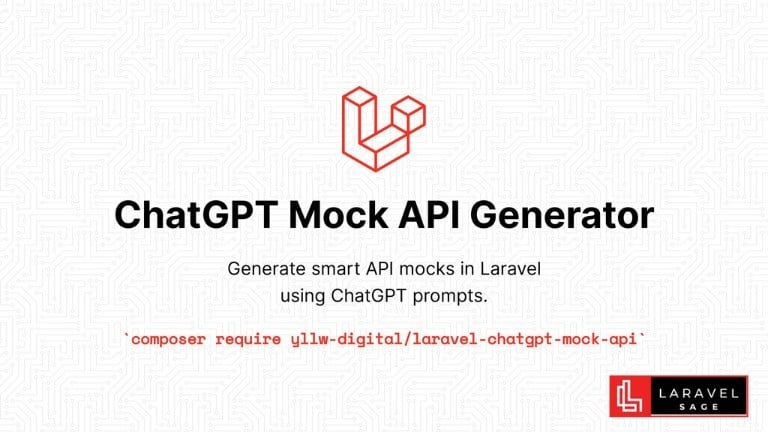
The ChatGPT Laravel API Package Generator package for Laravel generates smart API mocks in Laravel using ChatGPT prompts:
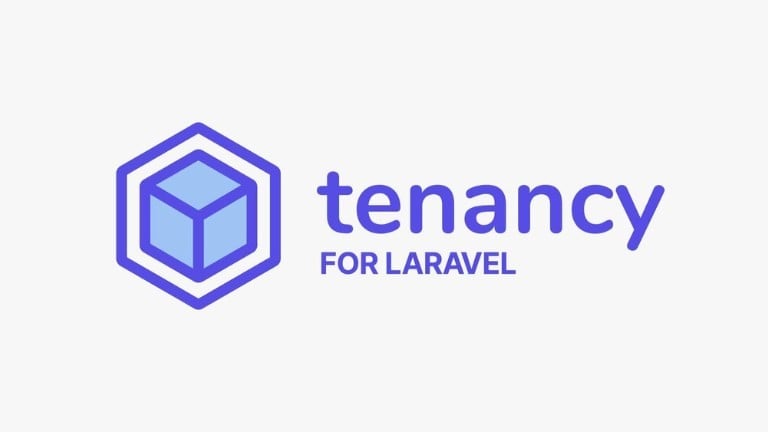
You can make your Laravel app multi-tenant using the Tenancy for Laravel Tenant package. This tenancy package lets you make any Laravel application multi-tenant without rewriting it.
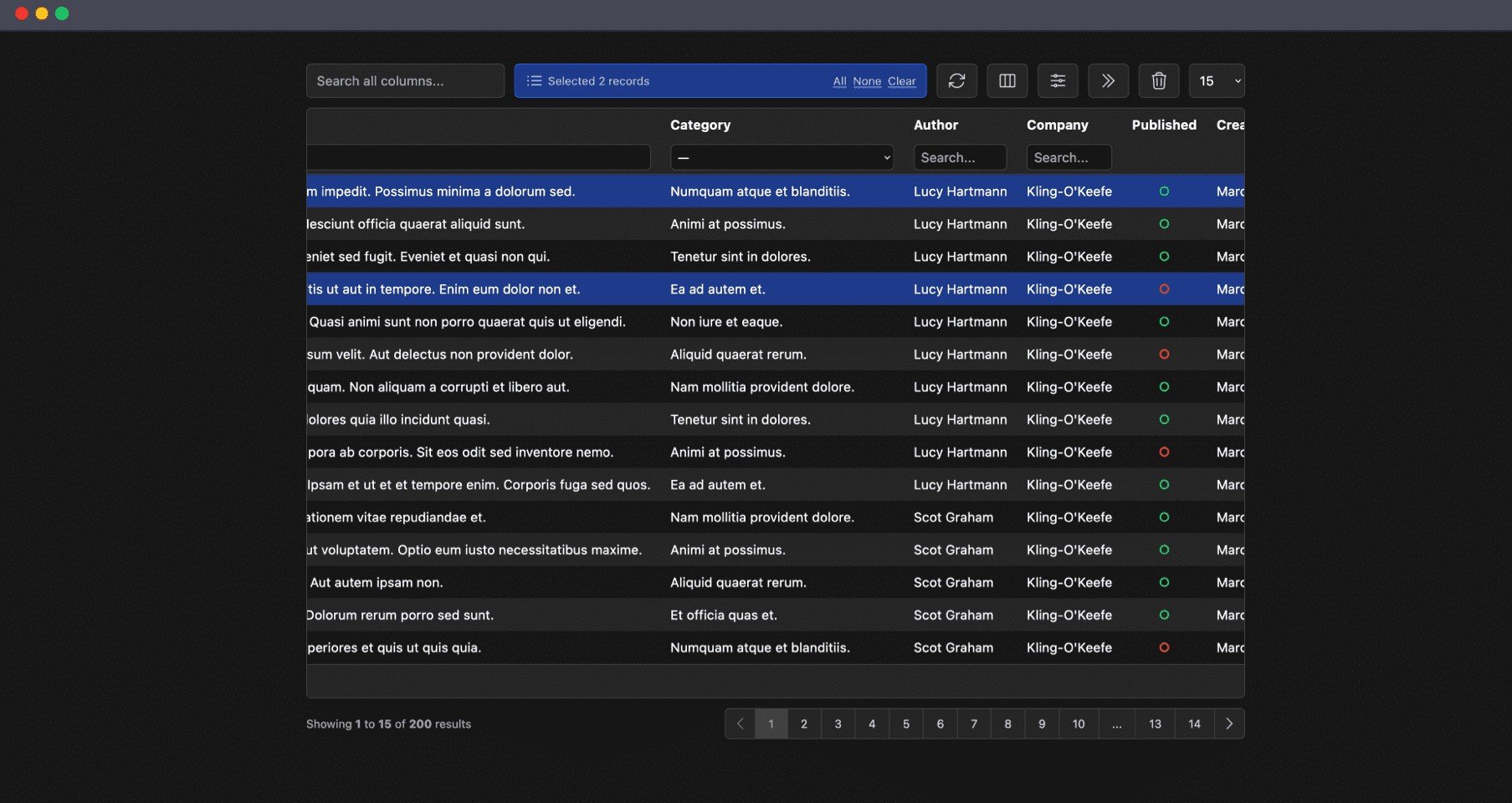
The Livewire Tables package brings dynamic tables for models to Laravel Livewire. These are some of the features which you will get out of the box:
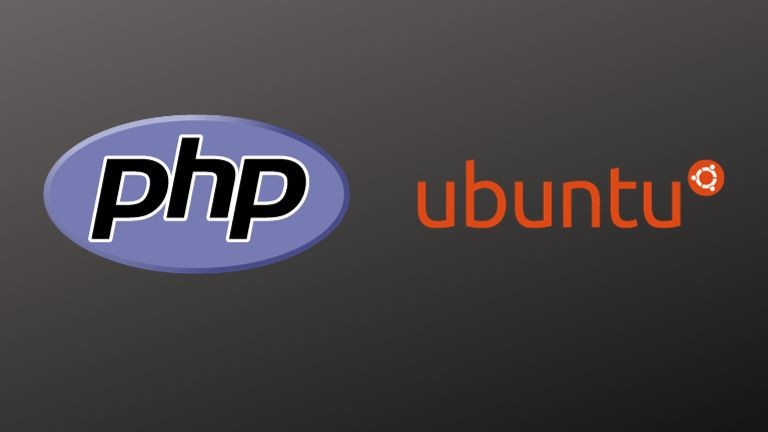
ImageMagick is a powerful tool for image manipulation, and integrating it with PHP can enhance your web development projects.
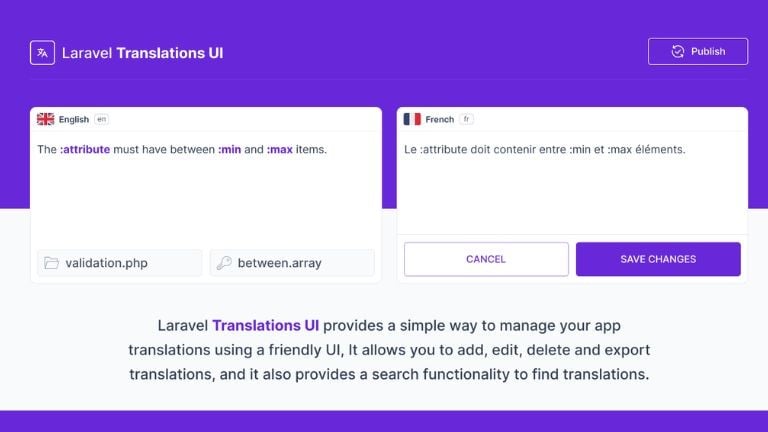
Laravel Translations UI is a package that provides a simple and friendly user interface for managing translations in a Laravel app.
Subscribe for 20+ new Laravel tutorials every week
You can unsubscribe at any time. You'll also get -20% off my courses!